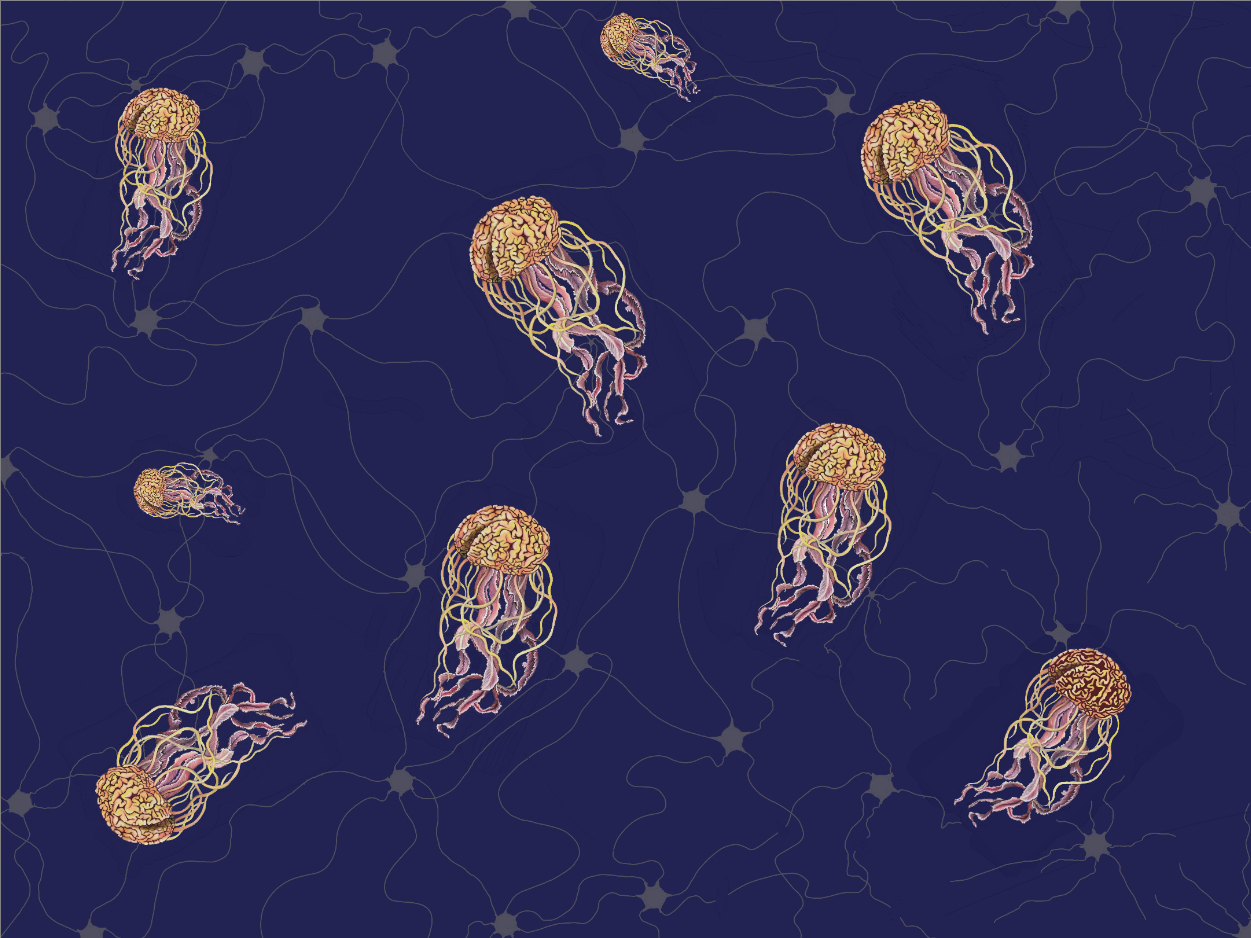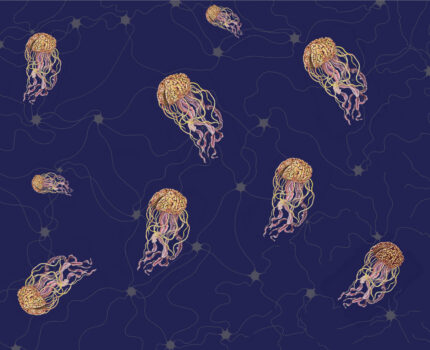Did you know that one out of every nine people over the age of 65 experience dementia? As we age, we all experience some form of confusion and age-related memory problems. Is that dementia? No. Dispite the common misconseption that dementia is a disease, I am here to tell you that is not correct. Dementia is not a disease, rather, a symptom of a disease. Dementia is the general term for the impaired ability to remember, make decisions, think, and interferes with the ability to complete everyday tasks. My project describes the cells within the brain that aid or impair the electrical charges within neurons. My objective is “explain how neurons carry an electrical charge”.
In healthy people the neurons in the brain communicate with each other, delivering various signals, that travel down axons, and across synapses to neighboring neurons. Dendrites then collect the signals and take them to the nucleus in the cell body for processing. Astrocytes and microglia help keep neurons healthy by clearing debris around and on neurons. But what happens when those astrocytes and microglia stop working?
In people with dementia and Alziehmer’s protein toxins called tau and beta-amyloid destroy the healthy process neurons go through to transmit signals. Tau is an important component that makes up the microtubles that aid the transportation of chemical and nutrients from one cell to another. In someone with dementia, tau causes the microtubles to disintegrate allowing tau to flow freely. Tau then builds up inside the cell body of the neuron around the cell body and down the axons while beta-amyloid forms plaque between neurons.
Beta-amylod produces when the area of the neuron responsible for neuron growth and survival degrades in an abnormal way. Beta-amyloid interferes in two ways. One, beta-amyloid interferes with the ability for two neurons to communicate and two, it interferes with the neuron’s ability to receive signals from the hippocampus. When the neuron breaks down it creates an abundance of beta-amyloid.
Due to the abundance build up of beta-amyloid and tau, microglia becomes unable to clear the debris and becomes distressed. Astrocytes react to distressed microglia and their lack of ability to clear debris and creates inflammation in the brain. This inflammation causes a reduction in the neuron’s ability to communicate ultimately resulting in the neurons dying and the brain begining to shrink. This process causes people with dementia to begin to experience issues with learning and memory. Along with having memory loss and troubles learning people may experience issues with decision-making and issues using language (forming full and coherent dialogue and ideas).
Sources:
- National Institute on Aging. May 16,2017. What Happens to the Brain in Alzheimer’s Disease?. Bethesda, Maryland: National Institute of Health. https://www.nia.nih.gov/health/what-happens-brain-alzheimers-disease.
- Kunz LK, Scheibe S, Wisse B, Boerner K, Zemlin C. From dementia mindsets to emotions and behaviors: Predicting person-centered care in care professionals. Dementia (London). 2022 Jul;21(5):1618-1635. doi: 10.1177/14713012221083392. Epub 2022 May 5. PMID: 35514064; PMCID: PMC9234781.
https://pubmed.ncbi.nlm.nih.gov/35514064/
- Clement T Loy, Peter R Schofield, Anne M Turner, John BJ Kwok, Genetics of dementia, The Lancet, Volume 383, Issue 9919, 2014, Pages 828-840, ISSN 0140-6736, https://doi.org/10.1016/S0140-6736(13)60630-3.
- Sandilyan, M. B., & Dening, T. (2015). Brain function, disease and dementia. Nursing Standard (2014+), 29(39), 36. doi:https://doi.org/10.7748/ns.29.39.36.e9425
https://www.proquest.com/docview/1785261438?pq-origsite=gscholar&fromopenview=true


The objective described by the project here is to explain how neurons carry an electrical charge, and I think the project does a great job explaining that. There’s a lot of detail about how the buildup of debris and the inability to clear it causes issues throughout the brain, and even causes it to shrink as the result of the death of neurons. The artwork is really cool honestly and I have no clue how it was made, which is also cool. I like the inclusion of the fact that dementia is not a disease at all, but rather a side effect brought about by other issues. There’s a clear progression in the description of how dementia is caused that is as easy to follow as any brain related information can be. The steps are clearly described starting with the critical basics of how neurons normally function, and what the roles of astrocytes and microglia are in a healthy brain. The process of the buildup of debris is really interesting and well laid out. One question I might have is why the astrocytes choose to cause inflation in the brain? It seems like the inflammation is like the nail in the coffin because it only worsens the neurons’ abilities to communicate with each other and even kills them off, so I’m not sure why this would be the body’s reaction to debris buildup between and around the neurons. That’s just a personal question and not a project issue though.